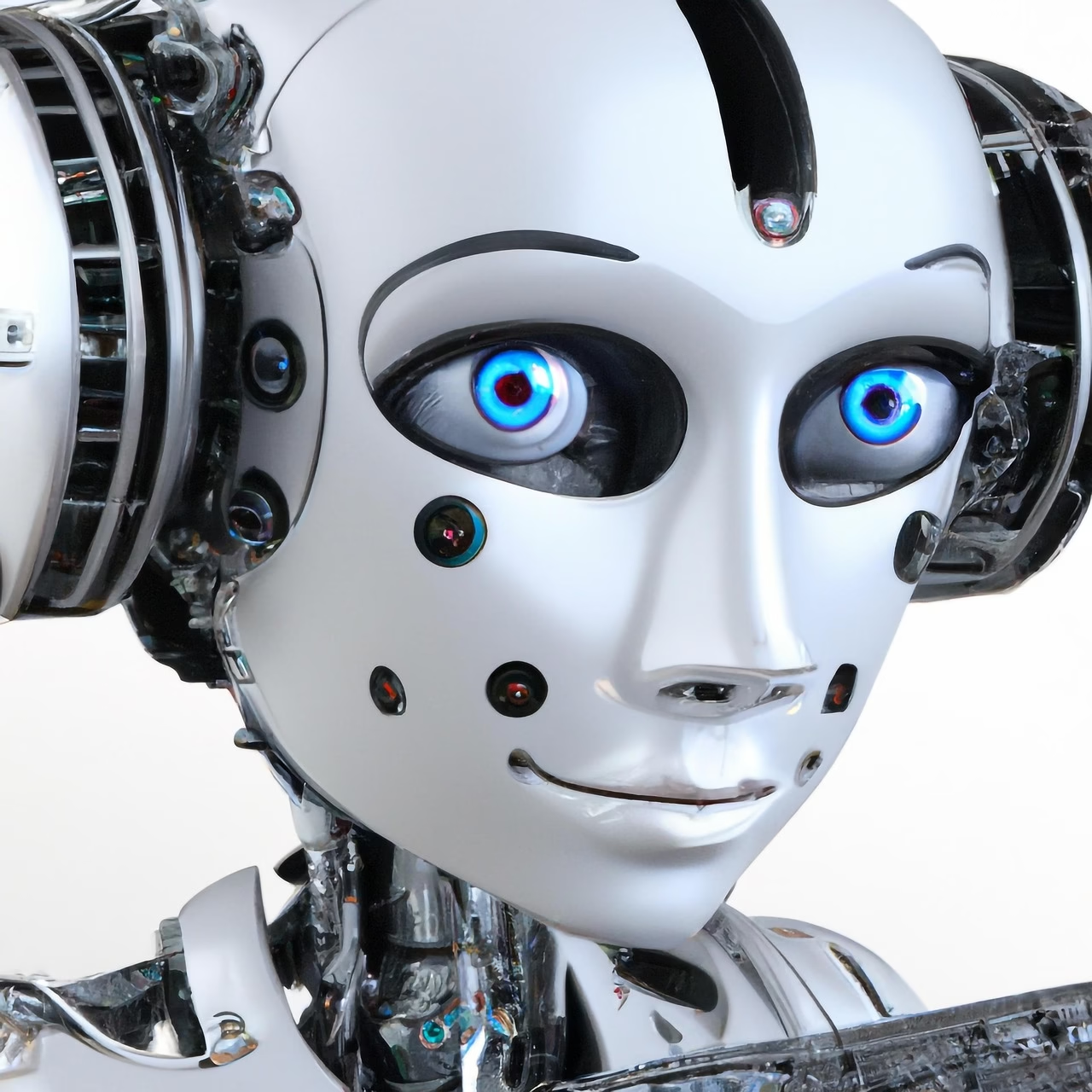AI-Powered Edge Computing: Revolutionizing Real-Time Data Processing at the Source
In an increasingly connected world, the demand for instant, reliable data processing is surging. From smart cities monitoring traffic flows to autonomous vehicles interpreting sensor data in milliseconds, the ability to analyze information immediately — without a round trip to distant cloud servers — is no longer a luxury but a necessity. This evolution is powered by the fusion of artificial intelligence (AI) with edge computing, a combination that is quietly revolutionizing how and where real-time data processing occurs.
The Convergence of AI and Edge Computing
Edge computing fundamentally shifts the paradigm by relocating data processing closer to data sources: sensors, devices, and local gateways. This proximity significantly reduces latency, conserves bandwidth, and enhances security because sensitive data can be processed on-site without traversing public networks. When AI capabilities are embedded directly within edge devices, this creates what’s known as AI-powered edge computing.
This architecture enables instantaneous insights, smarter decisions at the source, and adaptive system behaviors. Rather than sending raw data upstream, it allows devices to conduct complex tasks such as image recognition, predictive maintenance, natural language processing, or anomaly detection independently. The result is a more resilient, efficient, and intelligent ecosystem that can meet real-world demands with unprecedented speed.
Real-World Applications Transforming Industries
The AI-edge combination is disrupting a variety of sectors by enhancing operational agility and unlocking novel possibilities. In healthcare, AI-powered wearables and monitoring devices can analyze biomedical signals in real-time, offering timely alerts that could save lives without depending on cloud connectivity. Industrial IoT plants leverage this technology for predictive maintenance — detecting equipment faults before failures happen — ultimately reducing downtime and costly repairs.
Smart cities benefit by deploying AI at edge nodes scattered across urban infrastructure. This allows for real-time traffic management, efficient energy consumption, and enhanced public safety through rapid response systems analyzing surveillance feeds locally. Autonomous vehicles, perhaps one of the most visible examples, rely on embedded AI on edge hardware to sense and react to their environment with minimal latency, improving both safety and performance.
“AI at the edge isn’t just a technical enhancement — it’s enabling a new era of context-aware, decentralized intelligence that empowers systems to act swiftly and autonomously.”
Challenges and Responsible Innovation
While the promise of AI-powered edge computing is immense, it comes with a set of challenges worthy of strategic consideration. Edge devices typically have constrained computational resources and energy capacities, necessitating efficient AI models that balance performance and power consumption. Privacy and security must be rigorously safeguarded since processing is distributed across numerous nodes that can become potential attack surfaces.
Addressing these challenges demands responsible innovation — designing AI algorithms with interpretability, energy efficiency, and user privacy at the forefront. Techniques such as model pruning, quantization, and federated learning are advancing this field by optimizing AI for deployment on edge hardware without compromising accuracy. Moreover, governance frameworks need to evolve to ensure ethical use and robust security protocols.
Looking Ahead: A Distributed Intelligence Future
The future trajectory of AI-powered edge computing points toward increasingly sophisticated, autonomous networks where decision-making is democratized across connected devices. As 5G and beyond unlock broader, faster connectivity, edge AI will complement cloud computing rather than replace it, forming a hybrid architecture that blends centralized power with local agility.
This approach will be crucial in meeting the demands of next-generation applications — from augmented reality experiences and personalized retail interactions to environmental monitoring and beyond. By localizing intelligence, we reduce latency, bolster privacy, and create robust systems capable of adapting dynamically to their environment.
Embracing AI-powered edge computing means rethinking how technology infrastructure is architected, with a clear focus on real-world impact, ethical stewardship, and sustainable innovation. This shift is not just reshaping industry but also how we interact with technology on a fundamental level — paving the way for smarter, faster, more humane digital experiences right where the data originates.





